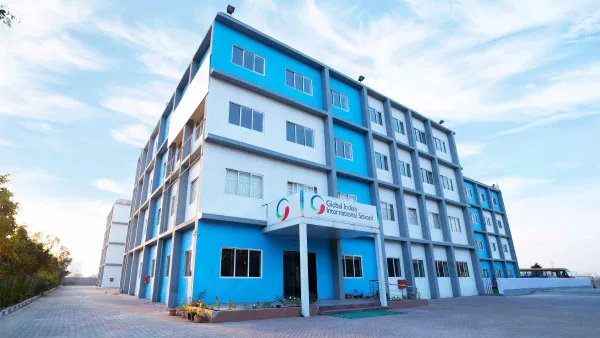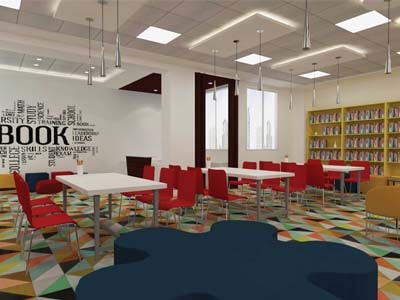STEM education, which stands for Science, Technology, Engineering, and Mathematics, is crucial for preparing students for the complexities of the modern world. By integrating these disciplines, STEM fosters critical thinking, problem-solving skills, and creativity, enabling students to tackle real-world challenges effectively.
As careers in STEM fields continue to grow at an unprecedented rate, equipping students with these skills not only enhances their employability but also encourages innovation and collaboration.
What is STEM Education?
STEM education encompasses a curriculum that integrates these four disciplines into a cohesive learning paradigm. Rather than teaching each subject in isolation, STEM encourages students to make connections between concepts and apply their knowledge to real-world problems. This approach enhances understanding and promotes critical thinking and problem-solving skills essential for success in various fields.
Importance of STEM Education in Today’s World
The modern workforce increasingly demands skills that are cultivated through a strong foundation in STEM. According to recent studies, jobs in STEM fields are projected to grow significantly over the next decade, outpacing those in non-STEM sectors. This growth highlights the need for students to engage with STEM education early on, equipping them with the skills necessary for future employability.
Objectives of STEM Education
The primary objectives of STEM education include:
- Fostering Critical Thinking: Encouraging students to analyze information and solve problems creatively.
- Promoting Collaboration: Working on projects that require teamwork and communication skills.
- Enhancing Practical Knowledge: Linking theoretical concepts with real-world applications, making learning relevant and engaging.
Utilisation of Information & Insights
Incorporating technology into STEM education allows students to access vast resources and information. Schools across Pune, India, are leveraging digital tools to enhance learning experiences. For instance, initiatives like the Kalpakghar STEM centre at Pimpri Chinchwad Science Park provides hands-on workshops that align with the National Education Policy 2020, promoting interactive learning among students and teachers alike.
Employability
A strong emphasis on STEM education significantly boosts employability. Employers increasingly seek candidates who possess not only technical skills but also soft skills such as teamwork and communication. By engaging in STEM activities, students develop a well-rounded skill set that prepares them for diverse career paths in technology, engineering, healthcare, and beyond.
Real-World Applications
Schools in Pune India are adopting innovative teaching methods that connect classroom learning with real-world applications. Programs like Teach With Tech, supported by Lenovo India Foundation, aim to provide access to digital content related to Science and Mathematics, enhancing the overall educational experience. Such initiatives ensure that students are not just passive learners but active participants in their educational journey.
Implementation of Best Practices
To maximise the benefits of STEM education, CBSE schools in Pune must implement best practices that include:
- Hands-On Learning: Encouraging experimentation through hands-on projects.
- Interdisciplinary Approach: Integrating arts into STEM (creating STEAM) corroborates creativity alongside analytical thinking.
- Continuous Professional Development: Training teachers in new methodologies ensures they can effectively deliver STEM content.
Bridging the Gender Gap
One significant challenge within STEM education is the gender gap. Initiatives aimed at encouraging girls from marginalised communities to pursue STEM fields are crucial. Programs like the WEnyan Scholarship Program offer research scholarships specifically for girls from low-income backgrounds in Maharashtra, promoting inclusivity within the STEM workforce. By addressing these disparities early on, we can cultivate a more diverse range of talent in these critical fields.
Knowledge Acquisition & Creativity
The integration of creativity within STEM education fosters an environment where students can explore their interests while developing essential skills. Schools that emphasise project-based learning allow students to engage deeply with subjects, encouraging innovation and critical thinking. This approach not only enhances knowledge acquisition but also nurtures a passion for learning that lasts a lifetime.
As parents and educators work together to support these initiatives within schools—especially in regions like Pune—students will be better prepared to thrive both academically and professionally. Embracing this educational paradigm will ultimately lead to a more innovative and skilled generation ready to tackle tomorrow’s challenges head-on.
Encouraging Inquiry-Based Learning
Inquiry-based learning is at the heart of effective STEM education. By encouraging students to ask questions and seek answers through exploration and experimentation, educators can create a dynamic learning environment that promotes curiosity and engagement. Such an environment empowers students to take ownership of their learning journey.
Conclusion
In conclusion, STEM education is vital for preparing students for future challenges and opportunities. As we look towards the future, it is essential for parents to actively engage with their children’s educational experiences by advocating for strong STEM programs in their local schools. By doing so, they contribute not only to their children’s success but also to the development of a society that values innovation and scientific inquiry. Together, let’s champion STEM education as a pathway toward a brighter future!






























